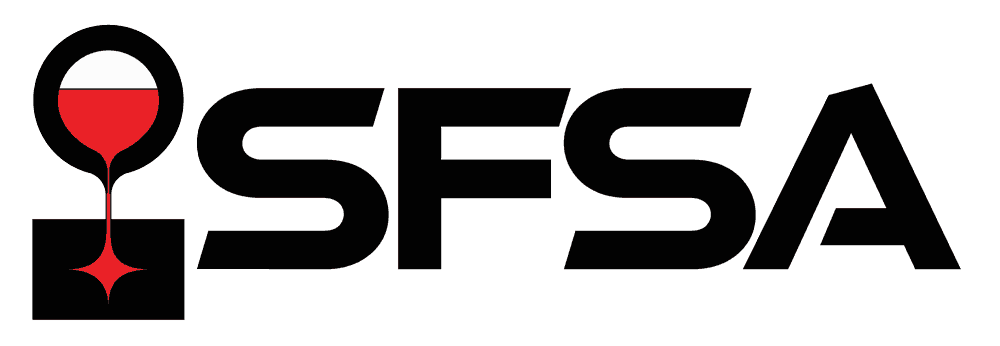Episode 5 in the SFSA Casting Design & Manufacturing Engineering webinar series addresses the problems and solutions for thickness differences in the mold cavity interior regions. Interior thickness differences result from junctions of shapes. An example would be a wall from the casting’s exterior joining a cylindrical boss in the middle of the mold cavity. Sometimes the thicker section is functional, like a boss for a fastener or bearing. Often it is increased thickness for resisting stress structurally.
If a junction with more thickness occurs along the perimeter of a steel casting design, there is no problem. A riser can easily be attached to the perimeter to feed the additional thickness. However, in the mold’s interior, feeding that thickness is not so easy. How to resolve that difficulty in both the OEM’s design geometry and the producer’s tooling design is our subject, and it is necessary for successful Castability Geometry. And… how to do so for steel alloy sub-groups whose Castabilty Geometry parameters are different.
